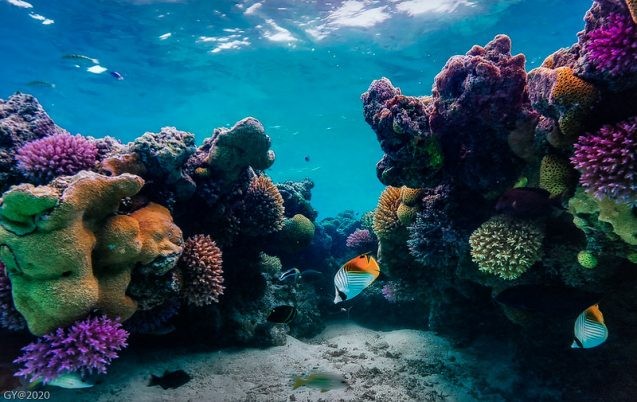We Must Do Better at Managing the Wilderness that Remains
Humanity is failing at preserving biodiversity. But a book from 2006 offers inspiration and instructions on how to preserve what’s left of it.

It is really true that books have a life of their own. I was reminded of this recently while reading Stephen Meyer’s “The End of the Wild,” published in 2006. I found the book (or it found me) by chance while I was cleaning in my library. It contains a little gem where the author states, in no uncertain terms, that the Earth (already in 2005) had passed a critical point where evolution is no longer driven by natural selection, but by the actions of human beings. According to Meyer, there is no longer any place on our planet that can be defined as “wild,” meaning totally devoid of human influence. Furthermore, one of the major consequences of the human impact on the evolution of natural ecosystems is the rapid proliferation of “weedy” species and the collapse of biodiversity.
Although it was published in 2006, the book’s message still rings true today. Just this week, the United Nations announced that the world has failed to meet any of the biodiversity targets set 10 years ago. Despite some progress, nature “is suffering badly and getting worse,” said one statement.
The species that will survive this collapse of wilderness, according to Meyer, will be those most compatible with humans: mosquitoes, coyotes, and all those animals that thrive in human-dominated environments. Stephen Meyer (who passed away in 2006) was raised in Long Island, New York. He graduated from the State University of New York at Stony Brook in 1974, then attended the University of Michigan, where he earned both his master’s and PhD. In 1980, he was hired as a political science professor at MIT, where he remained until the end of his career.
Meyer’s research began far from environmental issues. His first works, in fact, focused on the causes of nuclear proliferation and on the control and verification of weapons, earning him the distinction of being one of the leading academic experts on Soviet military and defense policy in the 1980s and 1990s. The collapse of the Soviet Union forced him to search the academic world for new research topics. He thus decided to turn his studies towards environmental policy, focusing on those economic factors that had led some communities to adopt stricter regulations than those required by state law; he demonstrated that this had led to better environmental results. Meyer thus became a champion of environmental protection and received several awards in recognition of his efforts.
In addition to its splendid style, the book’s real strength lies in its message: nothing — not national or international laws, global bio-reserves, local sustainability programs — can alter the established path. At an extinction rate of around 3,000 species per year (one every three hours, according to the 2005 statistics), and with these numbers ever increasing, scientists estimate that at least half of Earth’s species will disappear within the next 100 years.
Meyer’s message, cynical but realistic, is that we can no longer talk about preserving nature, but only about managing what remains. In summary: the race to save biodiversity is over. But this absolutely does not mean that our work is done. The “End of the Wild” is a call to arms, without which those ecosystems that have survived and that we depend on for our well-being could fail, and the global spread of invasive species could explode. The author shows a path that can be taken to prevent this.
If humanity is to survive, Meyer argues, we need to manage biodiversity down to the smallest detail, recognizing the level of disorganization of the current strategy of species protection mechanisms that focus on isolated geographic areas. Instead, he says, we should create trans-regional “meta-reserves,” or areas defined based on the protection of ecosystem functions rather than specific habitats of species or specific geographical areas.
It leaves me puzzled and frustrated that the book, written in 2005, is still so topical, and that the problems discussed therein have only gotten worse. Nevertheless, the recent push towards renewables, together with public awareness of the global environmental disaster and the reinvigorated environmental movement (also fueled by issues related to global warming), have cast a light of optimism on the efforts made to save what remains of the “wild” portions of our planet. If it is true that optimism is a fundamental ingredient for a successful recipe, it is also true that realism and self-criticism are essential in order not to add insult to injury, and to understand how well the proposed interventions and solutions are working, or whether they need to be reconsidered at all. The risk of biodiversity loss is beautifully summarized in a sentence from the book: “The web of life will become the thread of life.” And our lives will be holding on to that thread.
Marco Tedesco is a research professor at Columbia University’s Lamont-Doherty Earth Observatory.
